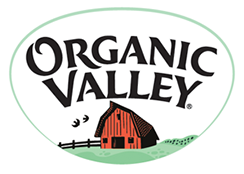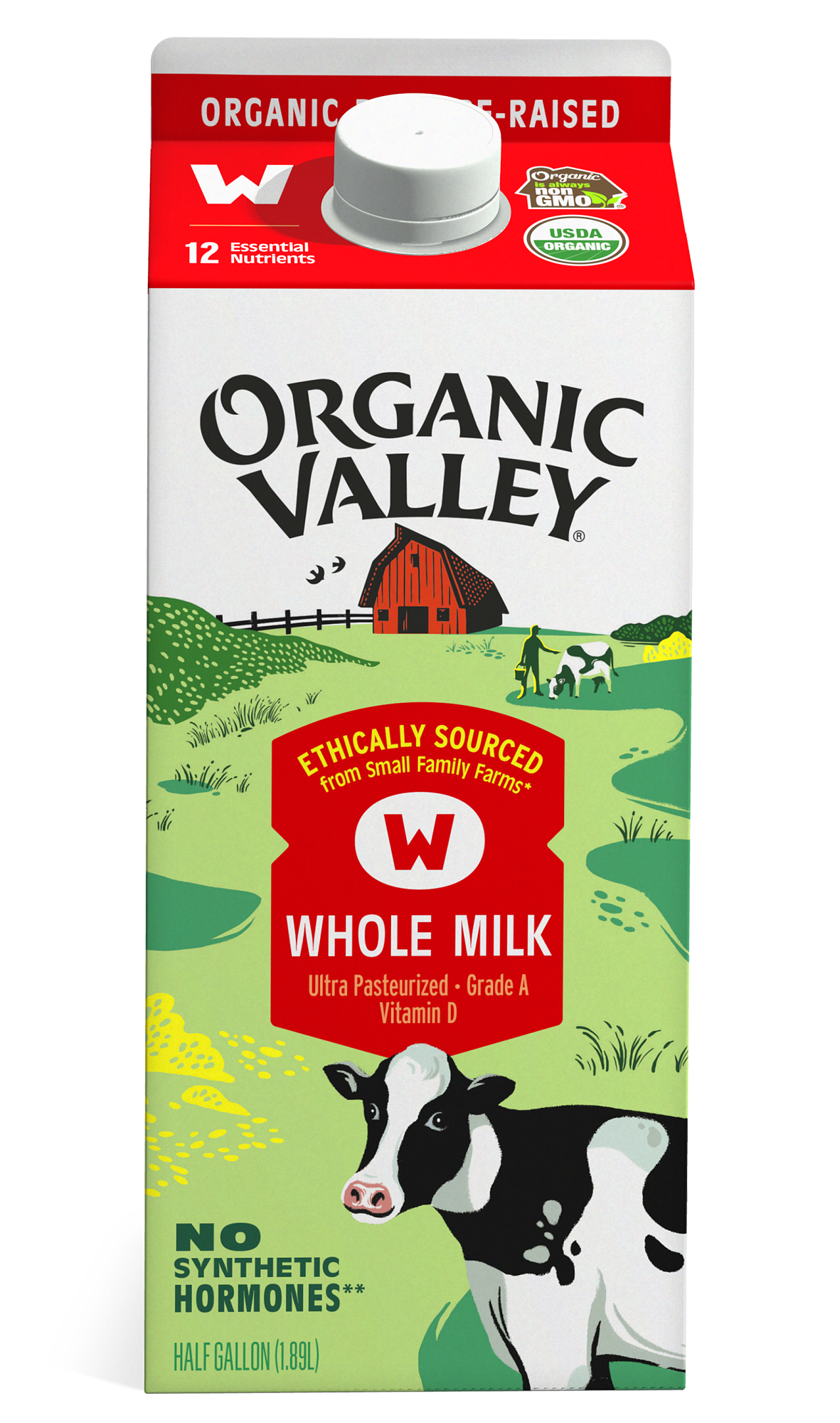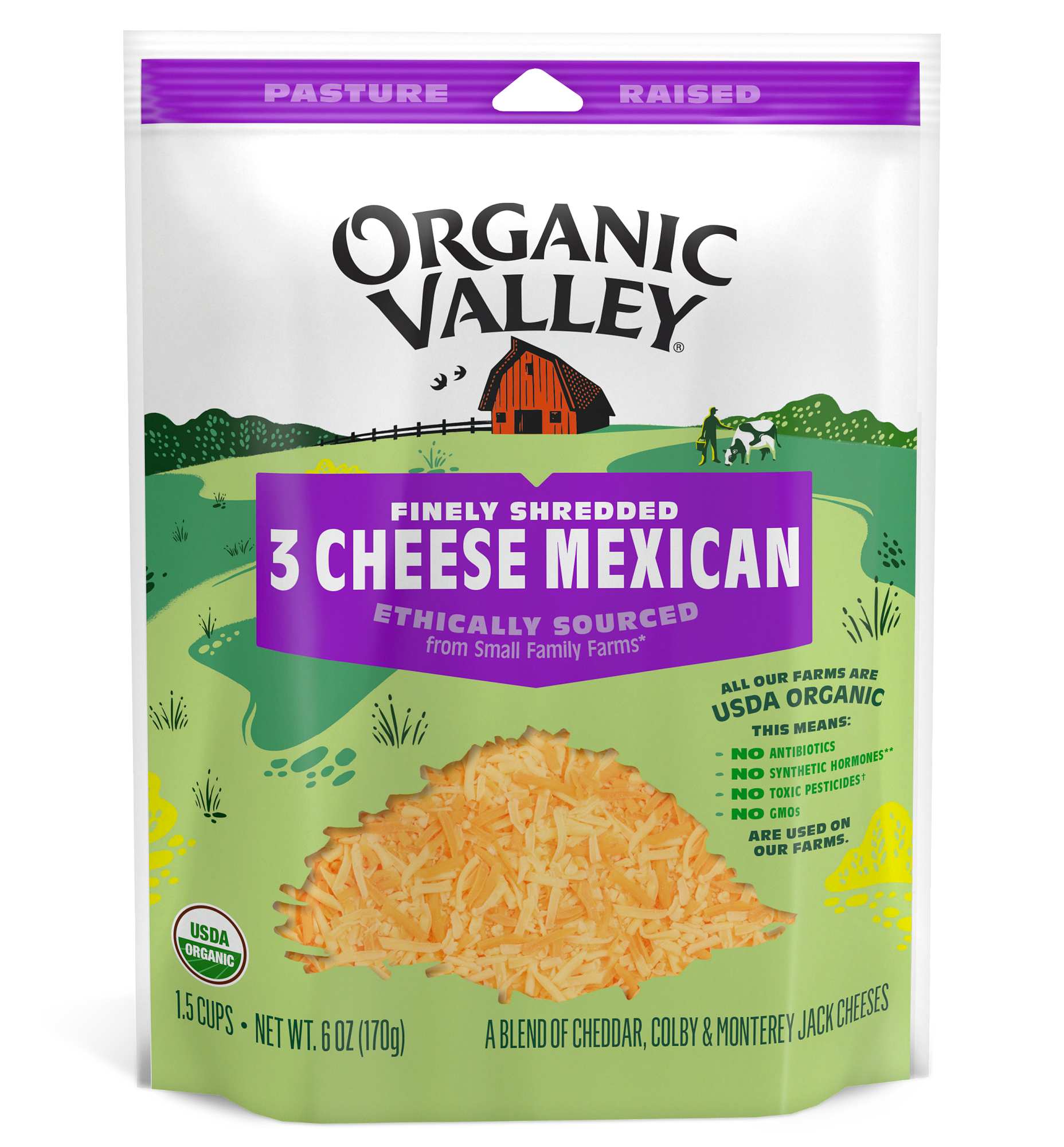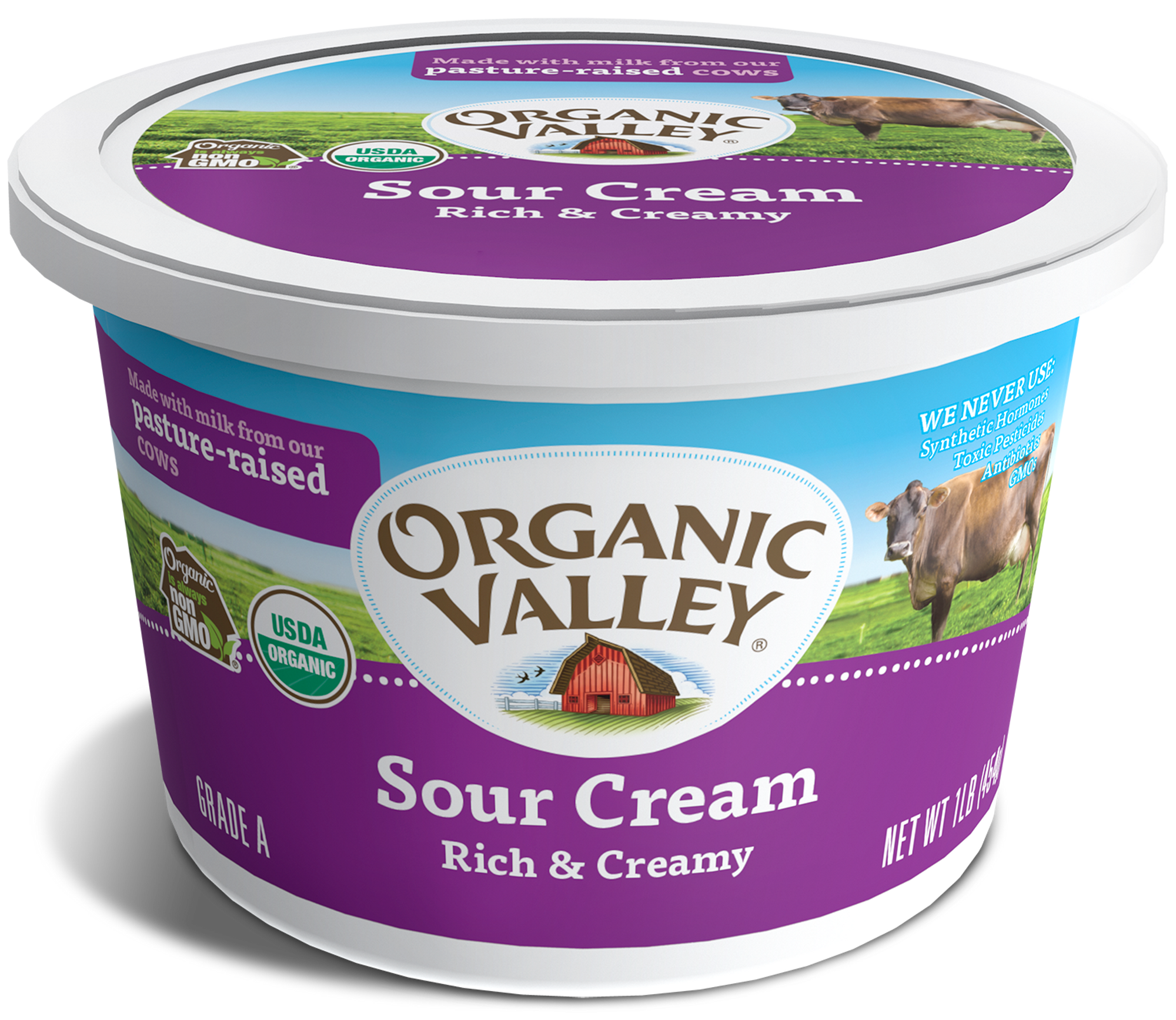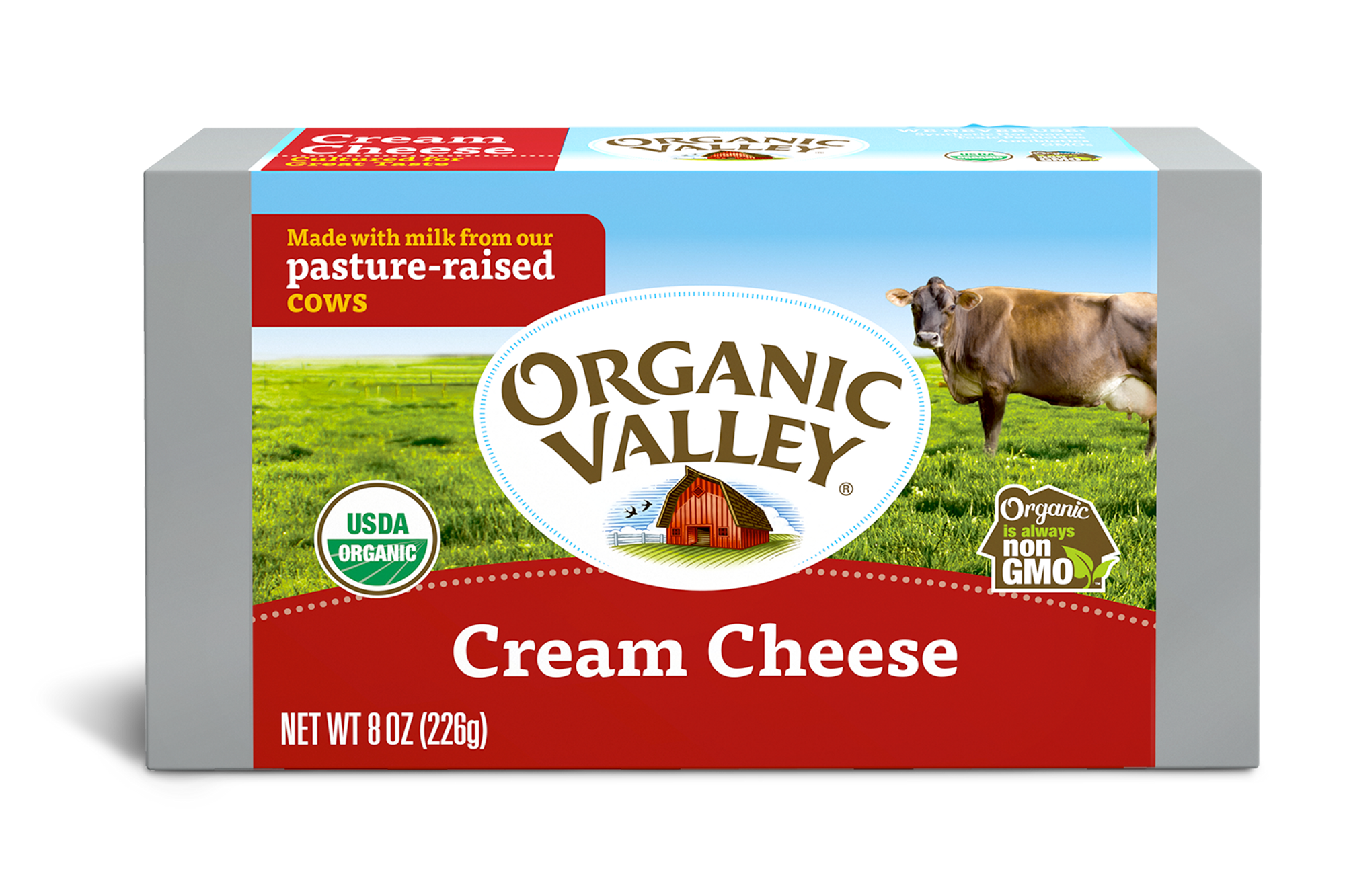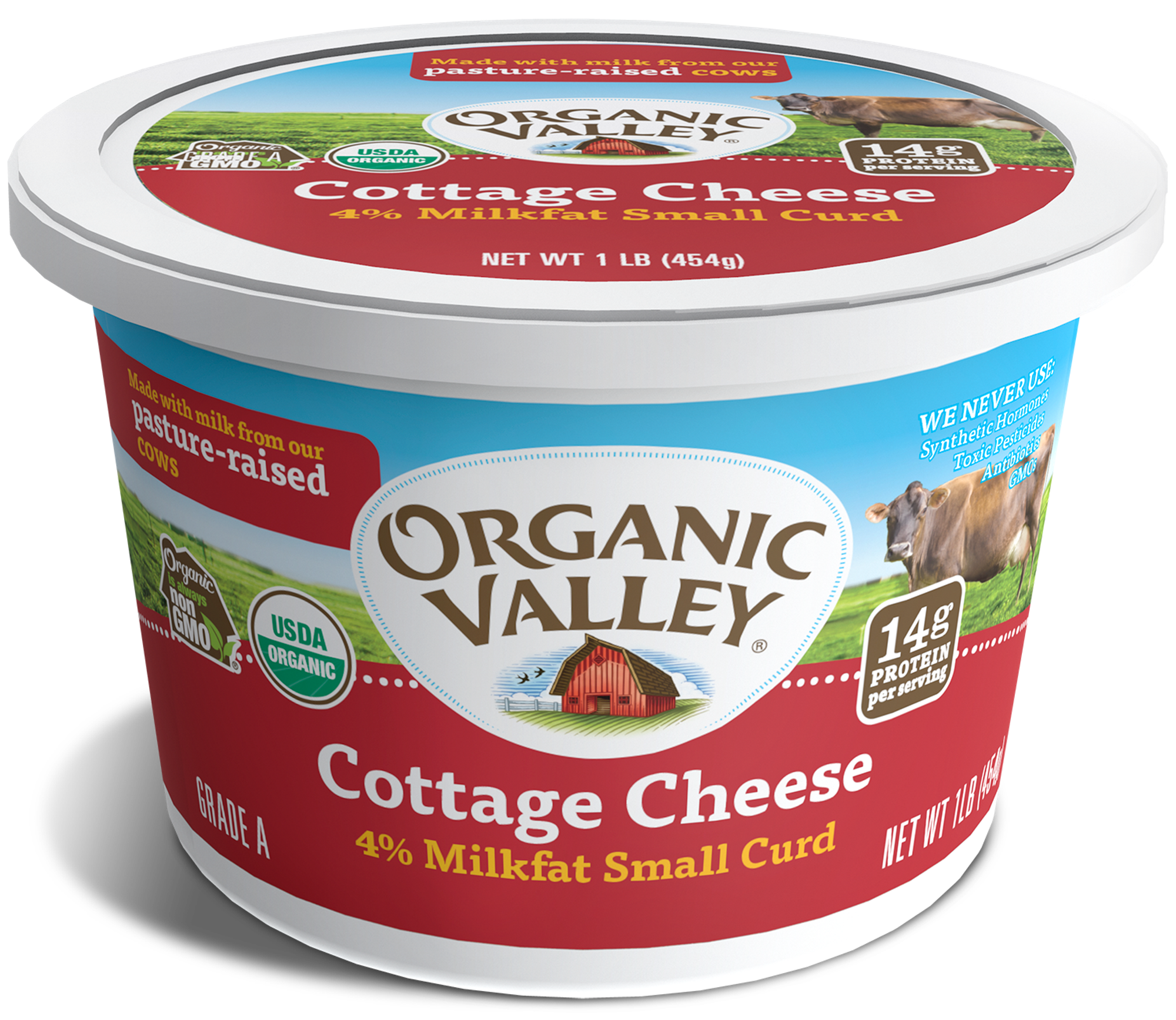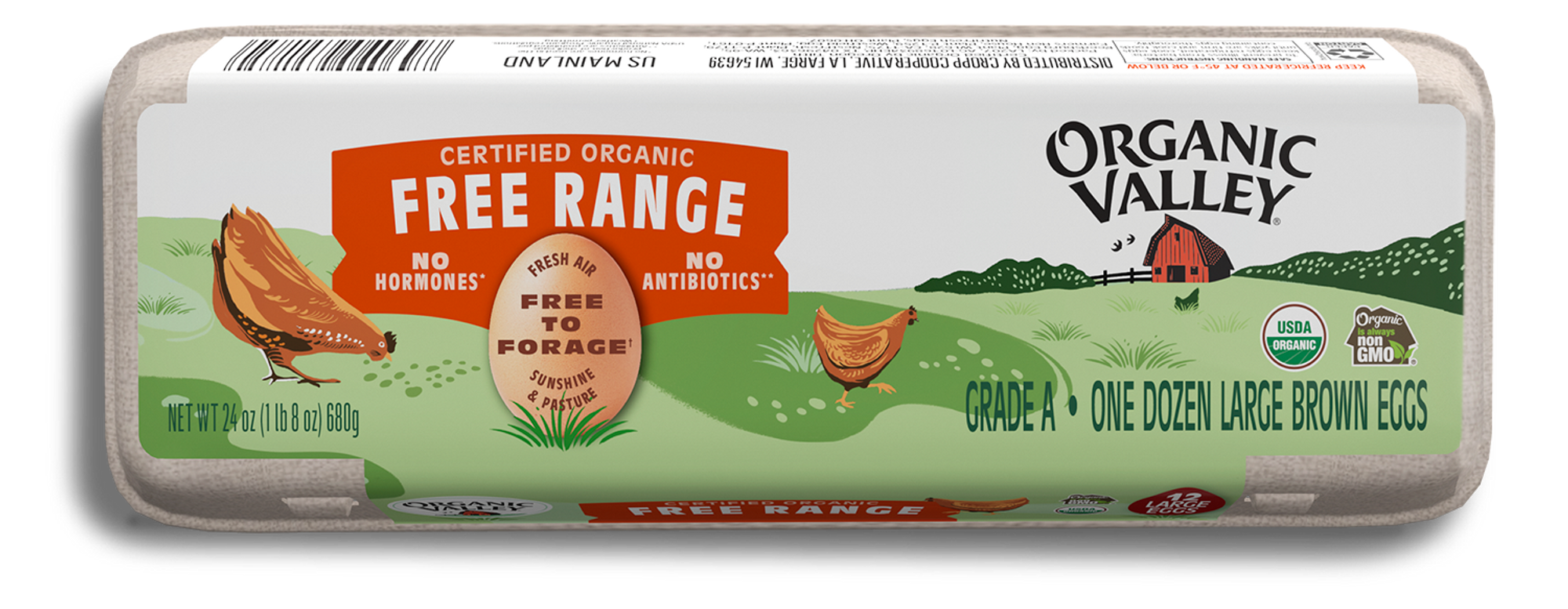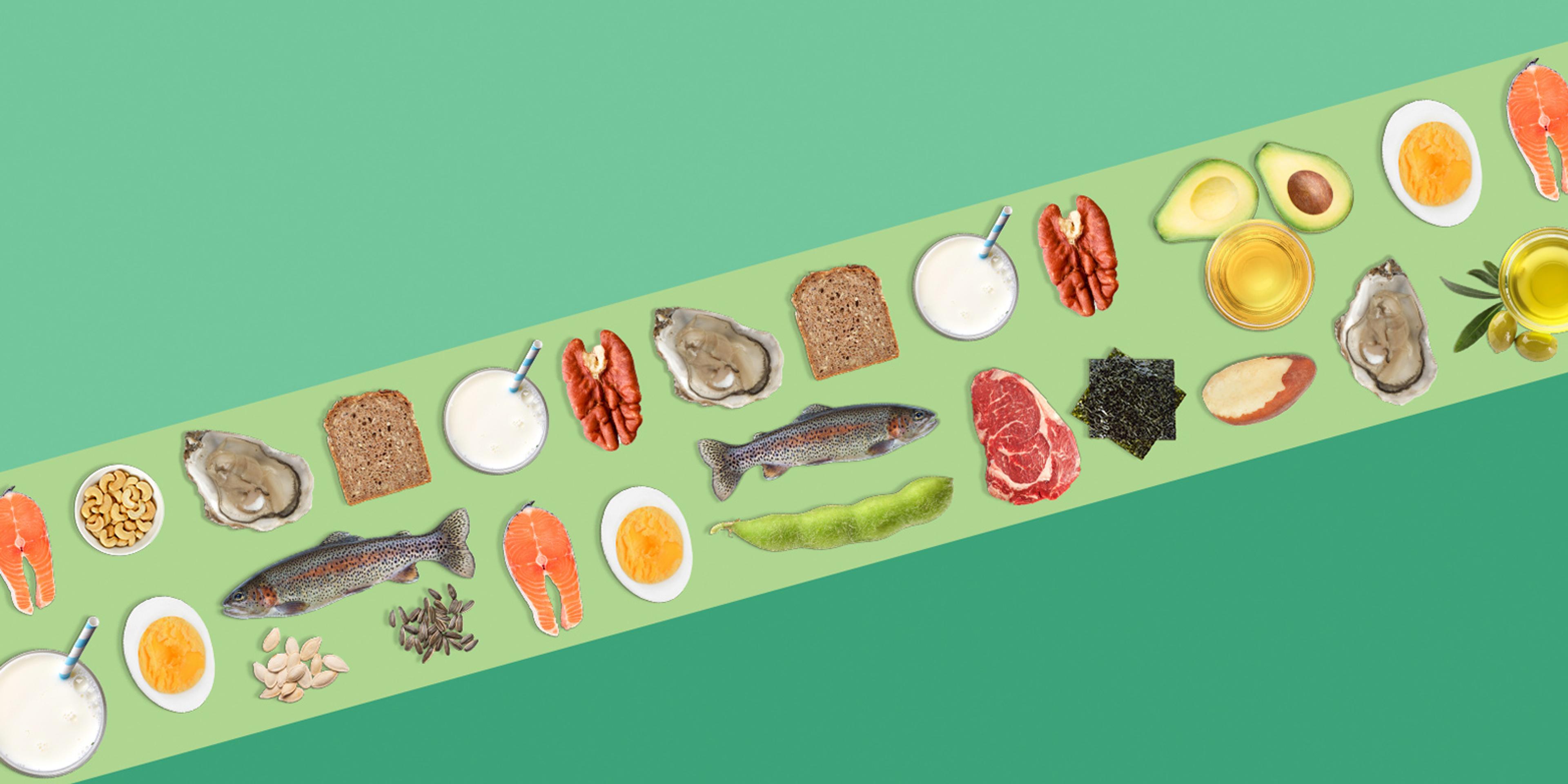
Food
Let's Clear Up Some Confusion About Fatty Acids
Fatty acids are essential nutrients that play a crucial role in maintaining our overall health. While some fats are considered unhealthy, others are beneficial and necessary for optimal function of the human body.
As a registered dietitian, I always encourage people to eat a well-rounded diet including healthy fats and omega-3s whenever possible, but the truth is that the standard American diet lacks adequate sources of omega-3s and much more omega-6s. By improving the nutrient content of a food with supplemental omega-3s, you’re strengthening the nutrition profile of food, and more specifically the fatty acid profile and omega-3/omega-6 ratio, while providing people with more healthy options.
Let’s simplify the science and explore types of fatty acids, their effects on health and food sources for each.
What Are Fatty Acids?
Fatty acids are the building blocks for our cell membranes and are involved in processes in the body including brain function, hormone production and regulating inflammation. Fatty acids are also important for healthy skin, hair and nails. We break down fat from our food into fatty acids, which are then absorbed from our digestive tract into our bloodstream.
Each type of fatty acid has distinct characteristics and affects the body differently. Within each type of essential fatty acid, there are other forms or conversions that are important. For example, omega-3 fatty acid converts to eicosapentaenoic acid or EPA and then to docosahexaenoic acid or DHA. Omega-6 fatty acid converts to arachidonic acid or AA. Omega-9 fatty acids are a group of monounsaturated fats.
There Are 3 Types of Fatty Acids
- Omega-3 essential fatty acid or alpha-linolenic acid (ALA).
- Omega-6 essential fatty acid or linoleic acid (LA).
- Omega-9 fatty acid or monounsaturated fats.
The word “essential” means these fatty acids can’t be made by the human body — they must be consumed directly in food or supplement form. Some foods naturally contain fatty acids (fish, eggs, milk, nuts, etc.) and some foods have added fatty acids to fortify the food. There are also fatty acid supplements such as fish oil capsules or cod liver oil.
Let’s dive a little deeper into omega-3 fatty acids to learn more about their unique forms, properties and health impact.

*Not a complete list
Omega-3 Fatty Acids: EPA and DHA
Omega-3 fatty acids, and specifically EPA and DHA, have become a very popular topic in recent years due to their diverse array of health benefits — and rightfully so!
They’re crucial for brain development including improved cognitive function, memory and focus. Some research also shows that they play a role in reducing inflammation in the body and helping to prevent chronic diseases such as arthritis, heart disease and even certain types of cancer. Omega-3 fatty acids also play a role in a healthy pregnancy, showing a correlation between women who supplement with omega-3s during pregnancy and a lower incidence of early premature birth before 34 weeks.
Why Is DHA So Important?
DHA stands out among the other fatty acids due to its unique structure and functions. While other fatty acids, such as EPA , also offer health benefits, DHA’s unique attributes make it particularly noteworthy. However, it’s important to maintain a balance of each type of fatty acid in your diet for optimal health benefits.
DHA contributes to:
- Major structural components of the brain and supports development and function throughout all stages of life from infancy to old age.
- Mental well-being and mood regulation by regulating or alleviating symptoms of depression, anxiety and other mood disorders.
- Optimal eye development and healthy eyesight, particularly during pregnancy and early childhood for rapidly developing eye function.
- Cardiovascular or heart health by maintaining healthy blood pressure levels, reducing triglyceride levels and reducing inflammation to protect against the risk of heart disease.
- Anti-inflammatory properties in the body that protect the heart, promote joint health and can even protect against some types of cancer.
Remember the omega-3 fatty acid pathway? It’s important to note that the body requires omega-3 fatty acid or ALA from food and/or supplements because it can’t create ALA on its own. However, it can convert ALA into EPA and DHA on its own, but this conversion is really slow and inefficient (less than 5%), which is why consuming EPA and DHA directly from food is highly recommended.
Food Sources of Omega-3 Fatty Acids
Omega-3s (ALA, EPA and DHA) can be found in food from plants and animals and especially seafood. You can also find omega-3s in milk and dairy products, with a higher concentration in grassfed and full-fat dairy sources such as Organic Valley® products.
Eggs contain omega-3s (DHA) as well (and omega-6s ... more on that soon!), with a higher concentration of omega-3s in pastured eggs.

*Not a complete list
Omega-6 Fatty Acids
Omega-6 fatty acids are another type of essential fatty acid that our body needs. However, while omega-3s are generally regarded as beneficial, the effects of omega-6s on our health can be more complex. While they play a role in promoting healthy skin, hair, bone growth, brain function, metabolism and more, excessive consumption of omega-6s, especially in relation to omega-3s, can lead to inflammation and an increased risk of chronic diseases. Because of this, omega-6 fatty acids should be consumed in moderation.
Interestingly, animal sources of omega-6 fatty acids can convert LA to AA. Therefore, AA is absent in vegetable oils and fats and present in small amounts in meat, poultry and eggs. Although AA plays important roles in the body, consuming too much in comparison to omega-3s can cause problems.
Achieving a balance between omega-3s and omega-6s is crucial for maintaining optimal health. The ideal ratio of omega-6 to omega-3 intake is around 4 to 1, but the standard American diet often translates to a much higher ratio closer to 15 to1 due to the large amount of processed foods consumed that include a higher amount of omega-6 fatty acids.
Food Sources of Omega-6 Fatty Acids
Food sources of omega-6 fatty acids (linoleic acid) include vegetable oils (soybean, sunflower, safflower and corn oils), almonds, pumpkin seeds, sesame seeds and more (check out the graphic). The oils are versatile in cooking and can be used in a variety of dishes. While organic dairy products can provide some essential nutrients, dairy is not a significant source of omega-6 fatty acids.
Including omega-6 fatty acids into your diet alongside beneficial omega-3s can help maintain a balanced intake of fatty acids.
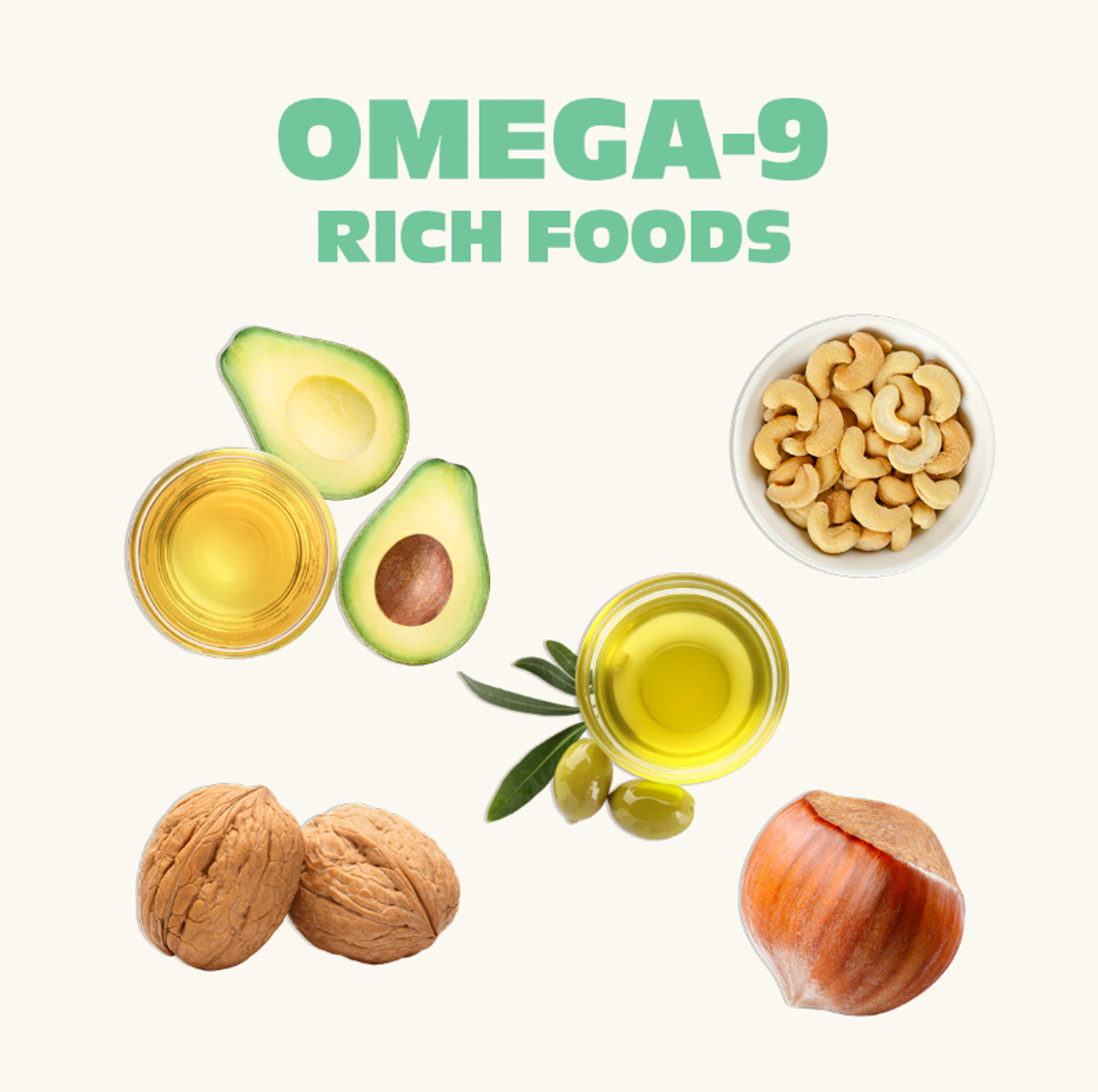
*Not a complete list
Omega-9 Fatty Acids
Although non-essential, meaning our bodies can produce them in sufficient amounts, omega-9s do offer benefits. Omega-9s are found in olive oil, avocados, nuts and seeds, and they’re associated with promoting heart health, aiding in weight management, reducing inflammation, supporting healthy immune function and contributing to optimal brain function.
Do organic and grassfed foods contain more beneficial fatty acids?
Research shows that organic dairy and meat contain more nutrients and specifically an average of 50% more omega-3 fatty acids compared to the conventional versions. Eating organic eggs, dairy, meat and poultry may also help to reduce the development of antibiotic resistance in humans since organically raised animals never come in contact with antibiotics. Another reason Organic Valley products make sense — they contain absolutely no antibiotics, synthetic hormones, toxic pesticides or GMOs.
Also noteworthy: 100% grassfed or pasture-raised meat, milk, milk-derived products such as yogurt and cheese, and poultry, like those offered by Organic Valley, have been shown in studies to be more nutritionally dense than their conventional counterparts. Specifically, grassfed foods contain more vitamin A and E, higher amounts of omega-3 fatty acids, higher-quality saturated fat, a better omega-3/omega-6 ratio, and increased amounts of conjugated linoleic acid (CLA).
CLAs are a type of beneficial fatty acid that’s been shown to reduce inflammation, support immune function, improve bone mass and blood sugar regulation, and reduce body fat. CLAs are typically found in animal products such as organic dairy milk, cheese and yogurt, and are particularly derived from grassfed cows. Another reason to love Organic Valley products!
Studies show that when there are improvements in the nutritional quality of milk and dairy products from grassfed and organic practices, consuming those products then improves long-term health status and outcomes for most people, but especially for pregnant women, infants, children and those with a higher risk for heart disease.
How many milligrams of omega-3 fatty acids should you consume?
According to information from the National Institutes of Health (NIH), referring to Adequate Intake (AI) levels, the recommended daily intake for omega-3s (ALA) is:
- Children 1 to 3 years is 700 mg per day.
- Children 4 to 8 years is 900 mg per day.
- Ages 9 to 13 years, males need 1,200 mg per day and females need 1,000 mg.
- Ages 14 to 18 years as well as adults 19 to 50-plus years, males need 1,600 mg per day and females need 1,100 mg per day.
- Pregnant females, regardless of age, 1,400 mg.
- Lactating females, regardless of age, 1,300 mg.
- Ages 51 and older, 1,600 mg.
For ages 1 and older, the AI level includes only ALA recommendations since ALA is the only omega-3 that’s considered “essential” (required from outside food sources versus made in the body).
Also, pregnant women should consider supplementation on top of eating a diet rich in omega-3s, given the studied benefits to Mom and the developing fetus and also children born to women who meet daily requirements. Studies on pregnant women and developing fetuses are limited; however, modern research points to 1,200 to 2,200 mg per day of DHA specifically as being both beneficial for Mom and Baby in utero and as an infant.
Omega-3 Supplements
It’s commonplace to supplement omega-3s alongside a healthy diet and, in some populations (as described above with pregnancy), it’s been shown to be beneficial.
Omega-3 supplements come in many forms such as fish oil (liquid and encapsulated), cod liver oil, flaxseed oil, omega-3 blends, single EPA or DHA supplements, or vegan algae-based DHA/EPA blends.
Along with pregnant women, vegans are at high risk for a deficiency. Vegetarians who eat dairy and eggs fed an omega-3-rich diet are better off but will still likely need supplemental support. If you’re vegetarian or vegan, you may need to supplement directly with DHA/EPA, but please consult with your primary care provider before beginning any new supplements or medications.

Make Informed Choices
Understanding the different types of fatty acids and their effects on our health is important for making informed and healthy dietary choices.
- Omega-3 fatty acids, such as EPA and DHA, are crucial for brain health and function and for reducing inflammation.
- Omega-6 fatty acids are necessary in moderation but should be included in a balanced diet. The ratio between omega-3 and omega-6 fatty acids is the most important consideration to prevent excess inflammation.
- Omega-9 fatty acids, though not essential, can improve heart health and have anti-inflammatory properties. CLAs from organic dairy and meat from grassfed animals may offer potential health benefits.
Overall, remembering to incorporate a variety of food sources rich in these fatty acids can contribute to a balanced and healthy diet. Please consult with a health care professional or a registered dietitian for personalized dietary recommendations.
Quick Reference Guide
- Fatty acids are the foundation or building blocks of fat in our bodies.
- The word “essential” means these fatty acids can’t be made by the human body — they must be consumed directly in food or supplement form.
- Omega-3 fatty acid is essential and made up of ALA, EPA and DHA.
- DHA stands out above the other fatty acids for its noteworthy health benefits such as brain, eye and heart health.
- Omega-3s (ALA, EPA and DHA) can be found in a variety of foods including dairy, meat, poultry and eggs.
- Omega-3 concentrations are substantially higher in grassfed and full-fat dairy sources.
- Omega 6-fatty acid is essential and often referred to as LA.
- We need omega-6 for brain and bone health and metabolism, but excess consumption of omega-6 can lead to inflammation and chronic disease — moderation is key.
- Omega-6s can be found in vegetable oils, almonds, pumpkin seeds and others.
- A 4-to-1 ratio (or even 2 to 1) of omega-6s/omega-3s is optimal for health.
- Omega-9 fatty acids are non-essential and are associated with heart health, weight management, reducing inflammation and more.
- Organic and grassfed foods can contain more nutrients and more beneficial fatty acids such as omega-3 ALA and CLAs.
Consume adequate fatty acids in your diet whenever possible; however, supplements may be needed for some people, especially pregnant women, vegans and some vegetarians.
Carly Knowles, MS, RDN, LD is a master’s-educated registered dietitian, health coach and cookbook author of The Nutritionist’s Kitchen. She specializes in integrative nutrition and health coaching for women as well as media consulting for healthy food brands. For recipes, recommendations and more, visit her website at www.radiantknowing.com.
Related Articles
- Tags:
- organic nutrition
